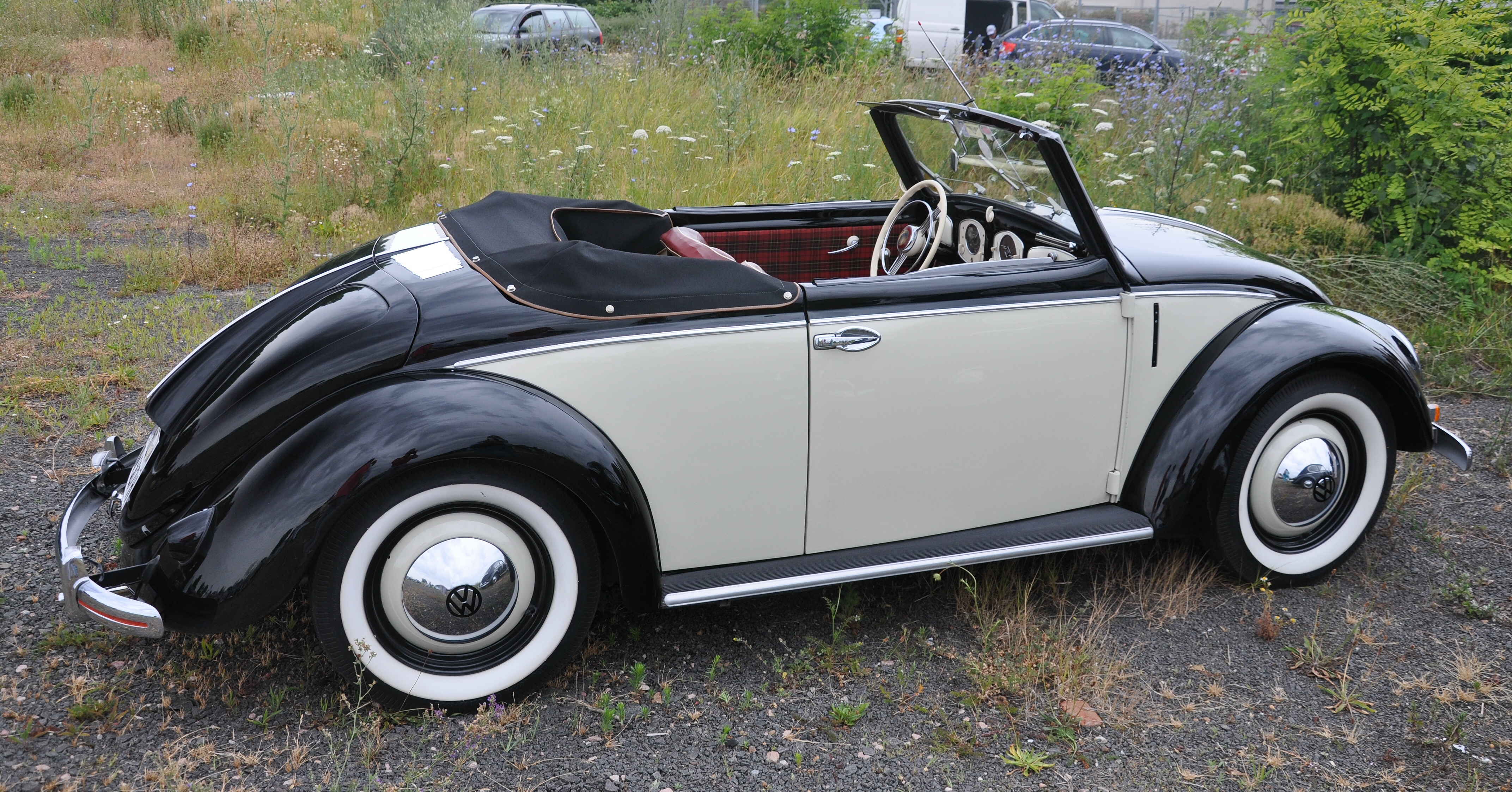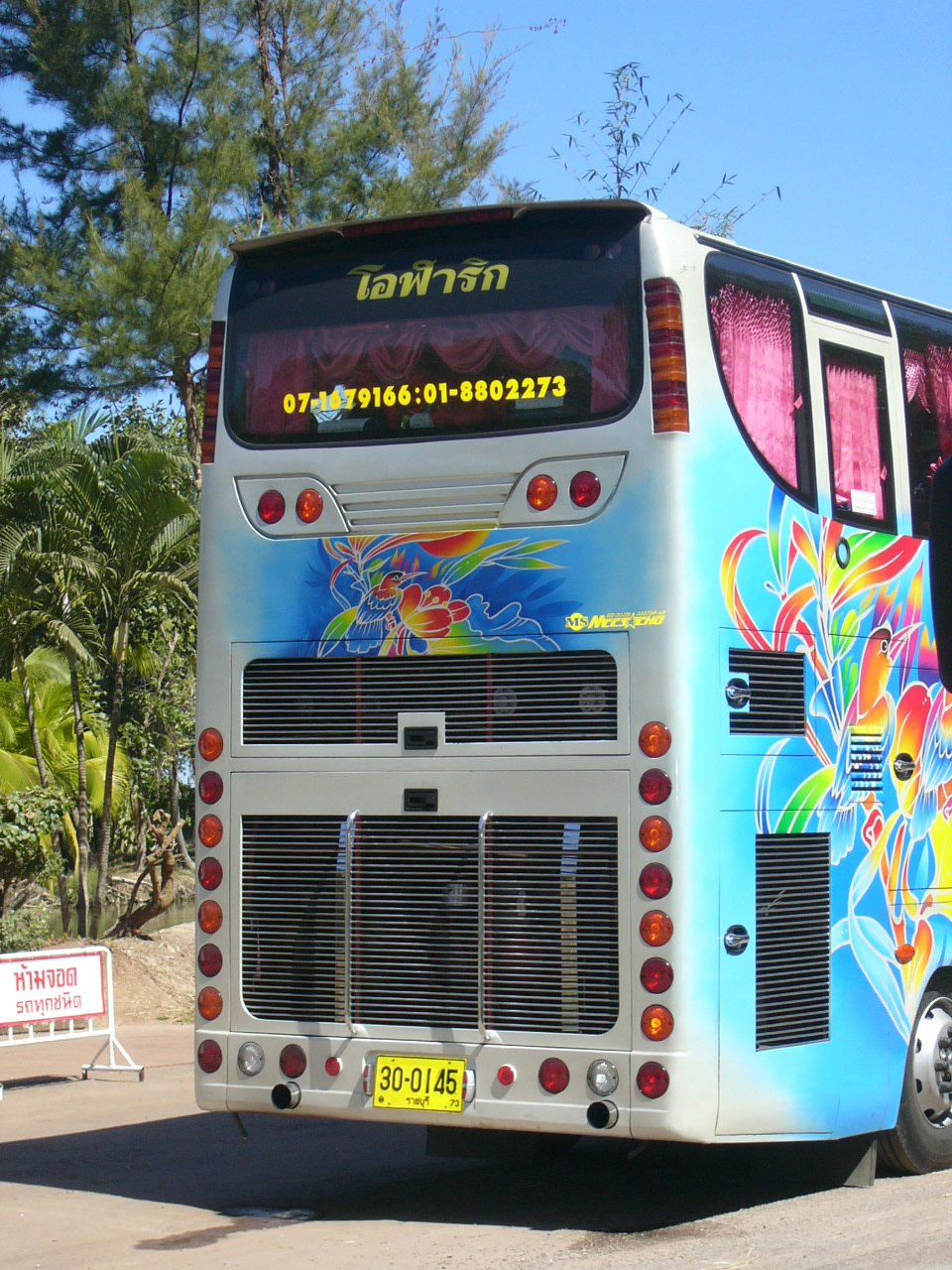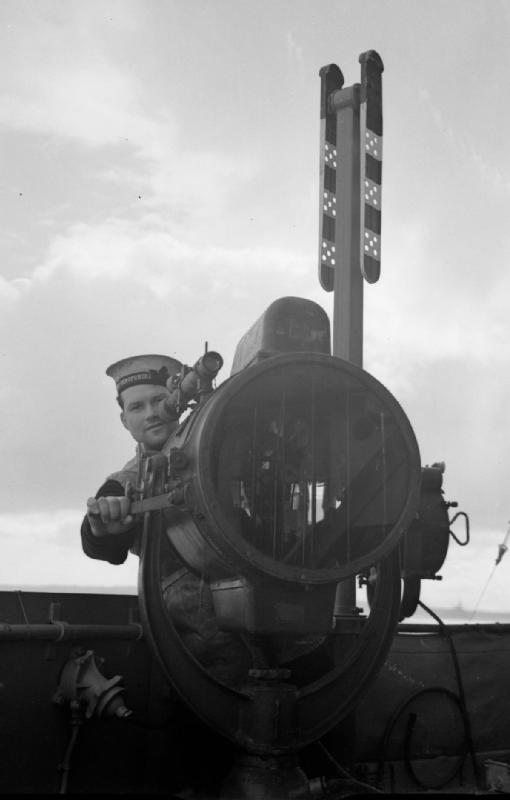|
Volkswagen Type 14A (Hebmüller Cabriolet)
The Volkswagen Type 14A (commonly known as the Hebmüller Cabriolet) is a convertible Volkswagen Type 1 produced by German coachbuilder Hebmüller and Sohn after the Second World War. With the German economy destroyed, and severe limits on industrial production imposed by the Allies' Morgenthau Plan, the Wuppertal-based firm, like most German companies of the time, lacked business. British Army Major Ivan Hirst of the Royal Electrical and Mechanical Engineers (REME) was running Volkswagen. After talks with Colonel Michael McEvoy about a sports car based Volkswagen Beetle, Ivan asked Ringel's experimental team to build the Colonel in charge of Volkswagen, Charles Radcliffye, a two-seat cabriolet. The Radclyffe Cabriolet, as it is known in Volkswagen circles, obviously influenced Joseph Hebmüller II on his frequent trips to the Wolfsburg plant. The Type 14A took many elements of the Radclyffe Cabriolet his company would later build. At the request of Volkswagen managing ... [...More Info...] [...Related Items...] OR: [Wikipedia] [Google] [Baidu] |
Hebmüller
Hebmüller Sons (') was a coachbuilder founded in 1889 by Joseph Hebmüller in the town of Wuppertal in Germany. History Hebmüller initially constructed horsedrawn carriages, but after the death of its founder in 1919 his sons started building bodies for automobiles. After World War II, the company received an order from the British Army to build 15 Humber based cabriolets. The company's best known model is perhaps a 2+2 convertible based on the Volkswagen Type 1 platform - known as Volkswagen Type 14A or "Hebmüller Cabriolet". It also built a number of four-door cabriolets on the Type 1 platform ( Type 18A), with canvas doors. By the end of the 1940s Hebmüller's economic situation was deteriorating. However, it was widely reported that Volkswagen ordered 2,000 vehicles, with production starting in June 1949. A massive fire struck its Wülfrath factory on 23 July 1949, which could not be extinguished before almost the entire facility was destroyed because of water shor ... [...More Info...] [...Related Items...] OR: [Wikipedia] [Google] [Baidu] |
British Army
The British Army is the principal land warfare force of the United Kingdom, a part of the British Armed Forces along with the Royal Navy and the Royal Air Force. , the British Army comprises 79,380 regular full-time personnel, 4,090 Gurkhas, and 28,330 volunteer reserve personnel. The modern British Army traces back to 1707, with antecedents in the English Army and Scots Army that were created during the Restoration in 1660. The term ''British Army'' was adopted in 1707 after the Acts of Union between England and Scotland. Members of the British Army swear allegiance to the monarch as their commander-in-chief, but the Bill of Rights of 1689 and Claim of Right Act 1689 require parliamentary consent for the Crown to maintain a peacetime standing army. Therefore, Parliament approves the army by passing an Armed Forces Act at least once every five years. The army is administered by the Ministry of Defence and commanded by the Chief of the General Staff. The Brit ... [...More Info...] [...Related Items...] OR: [Wikipedia] [Google] [Baidu] |
Rear-engined Vehicles
In automobile design, a rear-engine design layout places the engine at the rear of the vehicle. The center of gravity of the engine itself is behind the rear axle. This is not to be confused with the center of gravity of the whole vehicle, as an imbalance of such proportions would make it impossible to keep the front wheels on the ground. Rear-engined vehicles almost always have a rear-wheel drive car layout, but some are four wheel drive. This layout has the following features: *Packaging: since there is no need for a transmission tunnel, the floor can be flat. *Rear traction: having the engine located over the driven wheels increases downward pressure, which is helpful for grip on loose surfaces, although can be prone to oversteer. *Simplicity of manufacture: the engine is near the driven wheels, and the transmission can be merged with the differential to save space. This layout was once popular in small, inexpensive cars and light commercial vehicles. Today most car makers have ... [...More Info...] [...Related Items...] OR: [Wikipedia] [Google] [Baidu] |
Convertibles
A convertible or cabriolet () is a passenger car that can be driven with or without a roof in place. The methods of retracting and storing the roof vary among eras and manufacturers. A convertible car's design allows an open-air driving experience, with the ability to provide a roof when required. A potential drawback of convertibles is their reduced structural rigidity (requiring significant engineering and modification to counteract the effects of removing a car's roof). The majority of convertible roofs are of a folding construction framework with the actual top made from cloth or other fabric. Other types of convertible roofs include retractable hardtops (often constructed from metal or plastic) and detachable hardtops (where a metal or plastic roof is manually removed and often stored in the trunk). Terminology Other terms for convertibles include cabriolet, cabrio, drop top, drophead coupé, open two-seater, open top, rag top, soft top, spider, and spyder. Consistenc ... [...More Info...] [...Related Items...] OR: [Wikipedia] [Google] [Baidu] |
Volkswagen Vehicles
Volkswagen (),English: , . abbreviated as VW (), is a German motor vehicle manufacturer headquartered in Wolfsburg, Lower Saxony, Germany. Founded in 1937 by the German Labour Front under the Nazi Party and revived into a global brand post-World War II by the British Army Officer Ivan Hirst, it is known for the iconic Beetle and serves as the flagship brand of the Volkswagen Group, the largest automotive manufacturer by worldwide sales in 2016 and 2017. The group's biggest market is in China, which delivers 40 percent of its sales and profits. Its name is derived from the German-language terms and , translating to "people's car" when combined. History 1932–1940: People's Car project Volkswagen was established in 1937 by the German Labour Front (''Deutsche Arbeitsfront'') in Berlin. In the early 1930s, cars were a luxury – most Germans could afford nothing more elaborate than a motorcycle and only one German out of 50 owned a car. Seeking a potential new market, some ca ... [...More Info...] [...Related Items...] OR: [Wikipedia] [Google] [Baidu] |
Telefunken
Telefunken was a German radio and television apparatus company, founded in Berlin in 1903, as a joint venture of Siemens & Halske and the ''Allgemeine Elektrizitäts-Gesellschaft'' (AEG) ('General electricity company'). The name "Telefunken" appears in: * the product brand name "Telefunken"; * ''Gesellschaft für drahtlose Telegraphie m.b.H., System Telefunken'', founded 1903 in Berlin as a subsidiary of AEG and Siemens & Halske; * ''Telefunken, Gesellschaft für drahtlose Telegraphie m.b.H.'' (from 1923 to 1955 – since 1941 subsidiary of the AEG only); * ''Telefunken GmbH'' in 1955; * ''Telefunken Aktiengesellschaft (AG)'' in 1963; * Merger of AEG and Telefunken to form ''Allgemeine Elektrizitäts-Gesellschaft AEG-Telefunken'' (from 1967 to 1979); * AEG-TELEFUNKEN AG (from 1979 to 1985); * ''TELEFUNKEN Fernseh und Rundfunk GmbH'', Hanover (1972, subsidiary of AEG-TELEFUNKEN); * Telefunken electronic GmbH (a spin-off of AEG-Telefunken and DASA * the company (since 1992 ... [...More Info...] [...Related Items...] OR: [Wikipedia] [Google] [Baidu] |
Turn Signal
The lighting system of a motor vehicle consists of lighting and signalling devices mounted to or integrated into the front, rear, sides, and in some cases the top of a motor vehicle. They illuminate the road ahead for the driver and increase the vehicle's visibility, allowing other drivers and pedestrians to see its presence, position, size, direction of travel, and its driver's intentions. Emergency vehicles usually have distinctive lighting equipment to warn drivers and indicate priority of movement in traffic. History Early road vehicles used fuelled lamps before the availability of electric lighting. The Ford Model T used carbide lamps for headlights and oil lamps for tail lights. It did not have all-electric lighting as a standard feature until several years after its introduction. Dynamos for automobile headlights were first fitted around 1908 and became commonplace in 1920s automobiles. Silent film star Florence Lawrence is often credited with designing the first " a ... [...More Info...] [...Related Items...] OR: [Wikipedia] [Google] [Baidu] |
Semaphore
Semaphore (; ) is the use of an apparatus to create a visual signal transmitted over distance. A semaphore can be performed with devices including: fire, lights, flags, sunlight, and moving arms. Semaphores can be used for telegraphy when arranged in visually connected networks, or for traffic signalling such as in railway systems, or traffic lights in cities. Fire The Phryctoriae were a semaphore system used in Ancient Greece for the transmission of specific prearranged messages. Towers were built on selected mountaintops, so that one tower, the ''phryctoria'', would be visible to the next tower, usually twenty-miles distant. Flames were lit on one tower, then the next tower would light a flame in succession. The Byzantine beacon system was a semaphore developed in the 9th century during the Arab–Byzantine wars. The Byzantine Empire used a system of beacons to transmit messages from the border with the Abbasid Caliphate across Asia Minor to the Byzantine capital, Const ... [...More Info...] [...Related Items...] OR: [Wikipedia] [Google] [Baidu] |
Petrol Engine
A petrol engine (gasoline engine in American English) is an internal combustion engine designed to run on petrol (gasoline). Petrol engines can often be adapted to also run on fuels such as liquefied petroleum gas and ethanol blends (such as ''E10'' and ''E85''). Most petrol engines use spark ignition, unlike diesel engines which typically use compression ignition. Another key difference to diesel engines is that petrol engines typically have a lower compression ratio. Design Thermodynamic cycle Most petrol engines use either the four-stroke Otto cycle or the two-stroke cycle. Petrol engines have also been produced using the Miller cycle and Atkinson cycle. Layout Most petrol-powered piston engines are straight engines or V engines. However, flat engines, W engines and other layouts are sometimes used. Wankel engines are classified by the number of rotors used. Compression ratio Cooling Petrol engines are either air-cooled or water-cooled. Ignition Petrol e ... [...More Info...] [...Related Items...] OR: [Wikipedia] [Google] [Baidu] |
Chassis
A chassis (, ; plural ''chassis'' from French châssis ) is the load-bearing framework of an artificial object, which structurally supports the object in its construction and function. An example of a chassis is a vehicle frame, the underpart of a motor vehicle, on which the body is mounted; if the running gear such as wheels and transmission, and sometimes even the driver's seat, are included, then the assembly is described as a rolling chassis. Examples of use Vehicles In the case of vehicles, the term ''rolling chassis'' means the frame plus the "running gear" like engine, transmission, drive shaft, differential and suspension. An underbody (sometimes referred to as "coachwork"), which is usually not necessary for integrity of the structure, is built on the chassis to complete the vehicle. For commercial vehicles, a rolling chassis consists of an assembly of all the essential parts of a truck without the body to be ready for operation on the road. A car chassis wi ... [...More Info...] [...Related Items...] OR: [Wikipedia] [Google] [Baidu] |
Karmann
Wilhelm Karmann GmbH, commonly known as simply Karmann, was a German automobile manufacturer and contract manufacturer based in Osnabrück. Founded by Wilhelm Karmann in 1901, the company specialized in a variety of automotive roles, including design, production and assembly of components for a wide variety of automobile manufacturers, including Chrysler, Porsche, Mercedes-Benz and Volkswagen Group. The company was broken up in 2010, after filing for bankruptcy the previous year. Its convertible roof components were purchased by Webasto, Magna Steyr, and Valmet Automotive— while the Osnabrück assembly plant, vehicle development, tools, and assembly systems were transferred to Volkswagen. History Karmann was established in 1901 when Wilhelm Karmann purchased Klages, a coachbuilder founded in 1874, and renamed the business. The company then grew together with the expanding automobile industry. Karmann became known for its work on convertibles, coupés, and other niche model ... [...More Info...] [...Related Items...] OR: [Wikipedia] [Google] [Baidu] |
Heinz Nordhoff
Heinz Heinrich Nordhoff (6 January 1899 – 12 April 1968) was a German engineer who led the Volkswagen company as it was rebuilt after World War II. Life and career Nordhoff was born in Hildesheim, the son of a banker. He graduated from the Technical University of Berlin, where he became a member of the Roman Catholic fraternity Askania-Burgundia, and in 1927, began work for BMW working on aircraft engines. In 1929 he went to work for Opel, where he gained experience of the automotive industry and, since the company had been acquired by General Motors not long before, of American practices in the field. He was rapidly promoted: in 1936 he was the Commercial-Technical director who presented the company's innovative new small car, the Opel Kadett#First generation (1937–1940), Kadett, to the public. In 1942, with passenger car production much diminished on account of Second World War, the war, he took over from Gerd Stieler von Heydekampf as Production Director at the company's f ... [...More Info...] [...Related Items...] OR: [Wikipedia] [Google] [Baidu] |








